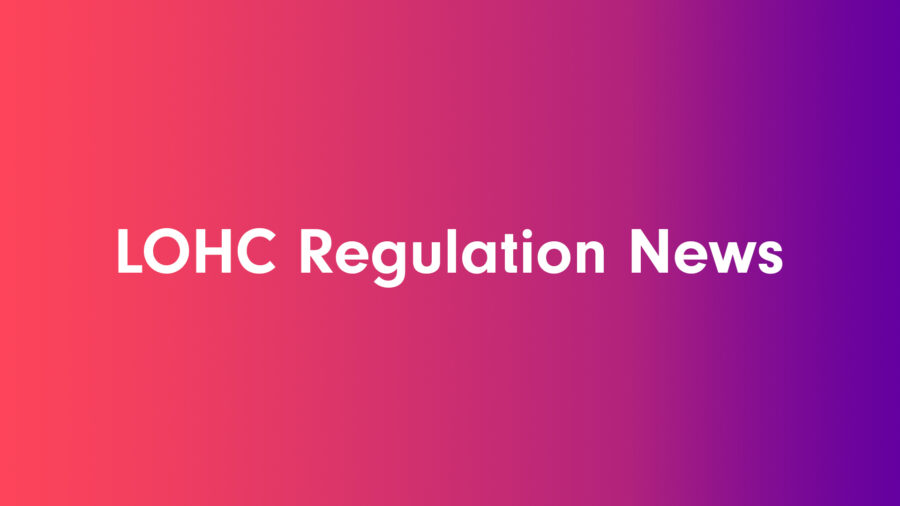
Hydrogenious LOHC Supports RED III Implementation
- RED III sets binding quotas for green hydrogen in transport, supporting its ramp-up
- Germany’s draft law introduces ambitious targets and penalties to ensure compliance
Erlangen, Germany. The implementation of the EU Renewable Energy Directive III (RED III) is a significant step toward achieving climate neutrality in Europe. Hydrogenious LOHC Technologies welcomes Germany’s planned national rollout of the directive, recognizing its potential to accelerate the market ramp-up of green hydrogen and strengthen the role of innovative hydrogen transport technologies.
RED III establishes binding targets for renewable fuels of non-biological origin (RFNBOs), including green hydrogen, and introduces ambitious goals for the transportation sector. By 2030, at least 1% of the energy supplied to the transport sector must come from RFNBOs. The overarching goal is to either reduce greenhouse gas (GHG) intensity by 14.5% or increase the share of renewable energy to 29%. These measures are part of the EU’s broader climate strategy, which aims to reduce net GHG emissions by 90% by 2040.
Germany’s National Implementation of RED III
The Federal Ministry for the Environment, Climate Action, Nature Conservation, and Nuclear Safety (BMUKN) has responded with a draft law aligning national targets with RED III. Its implementation is scheduled for January 1, 2026. The proposal includes reducing GHG emissions by 53% by 2040 and setting a 1.5% RFNBO quota in the transport sector by 2030. This is accompanied by an early implementation of the RFNBO quota already in 2026 (0.10%) as well as a crediting factor of 3 (4.5 for jetfuel) for RFNBOs on the GHG quota. These targets are designed to provide planning security and stimulate investment in hydrogen infrastructure and production.
Introducing RFNBO quotas before 2030 is essential for securing project financing and creating market demand. However, the current funding landscape is insufficient to meet these targets. The proposed €70/GJ (€8.40/kgH2) penalty for failing to comply with RFNBO quotas sends a strong regulatory signal, but further measures may be necessary for effective implementation.
LOHC as an enabler of quick implementation
As demand for green hydrogen grows, the need for scalable, safe, and cost-efficient transport solutions becomes increasingly urgent. Hydrogenious LOHC’s technology uses benzyltoluene as a liquid organic hydrogen carrier (LOHC) to enable the storage and transport of hydrogen using existing liquid fuel infrastructure. This approach provides a secure and scalable way to integrate hydrogen into the energy system and to supply industrial off-takers in areas without hydrogen pipeline access.
Hydrogenious LOHC is committed to supporting the energy transition with innovative hydrogen logistics and views RED III as a foundational step toward a sustainable, hydrogen-powered Europe. While it provides a crucial framework for the hydrogen economy, its success hinges on the implementation of clear regulatory conditions, targeted funding instruments, and long-term policy stability. These elements are necessary to ensure that Germany keeps pace with and takes a leading role in shaping global developments in the hydrogen economy.